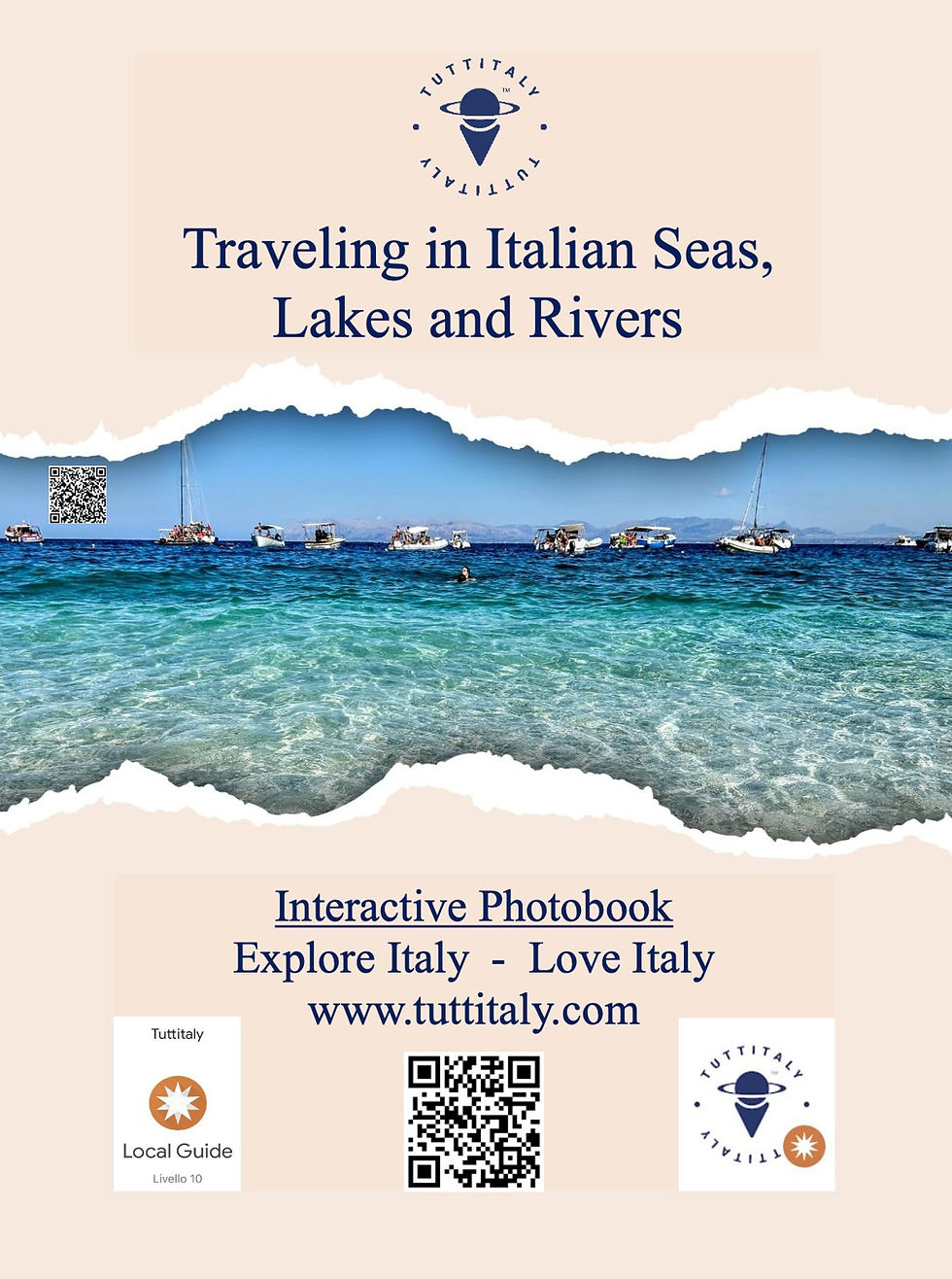Tourist center where the sea and the beach marry history and culture. Its coastline, about 18 km long, is primarily made up of a large expanse of fine, golden sand... #tuttitaly
Caorle, located in the upper Adriatic between Trieste and Venice, is a tourist center where the sea and the beach marry history and culture. Its original name was "Caprulae," which means "inhabited by goats."
The village boasts Roman origins, and due to its lagoon position, it gave shelter to the populations of the interior who fled from Concordia Sagittaria at the time of the invasion of the Huns.
Its historic center is characterized by small streets, squares, and colorful houses with characteristic Venetian fireplaces, which is why it is called Little Venice.
On the other hand, the historic center is called Rio Terà because once a canal ran right into the heart of the town, which was buried.
To admire the cylindrical bell tower in Ravenna style and the Romanesque cathedral dedicated to Santo Stefano Protomartire, dating back to 1038. On the facade of the Cathedral are positioned, to the right and left of the central portal, two bas-reliefs from the 13th century. Inside, you can admire the golden altarpiece of Caterina Cornaro, queen of Cyprus.
On summer evenings, you can climb the bell tower, 48 m high, to admire a view from above that sweeps over the center and the Levante beach.
In 1992, the cliff of Caorle came to life thanks to an international sculpture competition, which gathers artists who sculpt the naked square boulders every two years, giving life to subjects inspired by the marine world: today, we can admire an open-air sculpture gallery.
Worthy of note is the church of Madonna dell'Angelo, suggestive of its position overlooking the sea.
Every second weekend in July, the Madonna is transported from the small church by the sea to the Millenary Cathedral. As soon as the statue crosses the threshold of the Piazza del Vescovado, the bell tower ignites thanks to pink fires, giving the bell tower a red color as if it were fire. At that point, the Madonna becomes an object of worship and prayer.
Caorle is still a fishing port, with over 100 boats employing a generation of young local fishermen who carry on a centuries-old tradition. Fishing occurs mainly in the open sea, and the fish auction takes place near the Rio Interno quay on the banks of the Caorline.
Traditionally, Caorlotta gastronomy is dedicated to fish and fried seafood that is always very fresh:
you can stroll while tasting the mixed fried food, an absolute delight.
Caorle will make you fall in love with its suggestive rural landscapes, beautiful golden beaches, art, and traditions.



























Comments